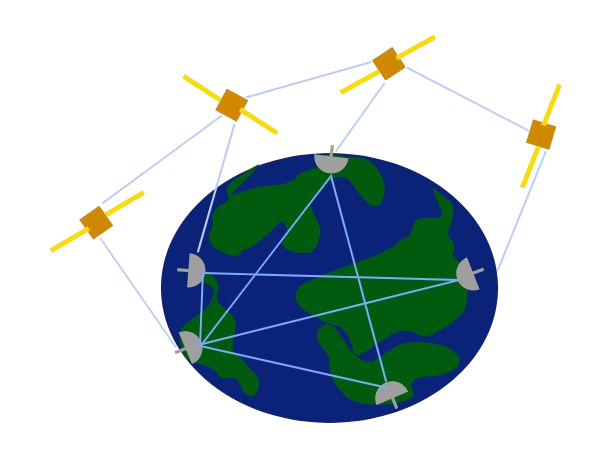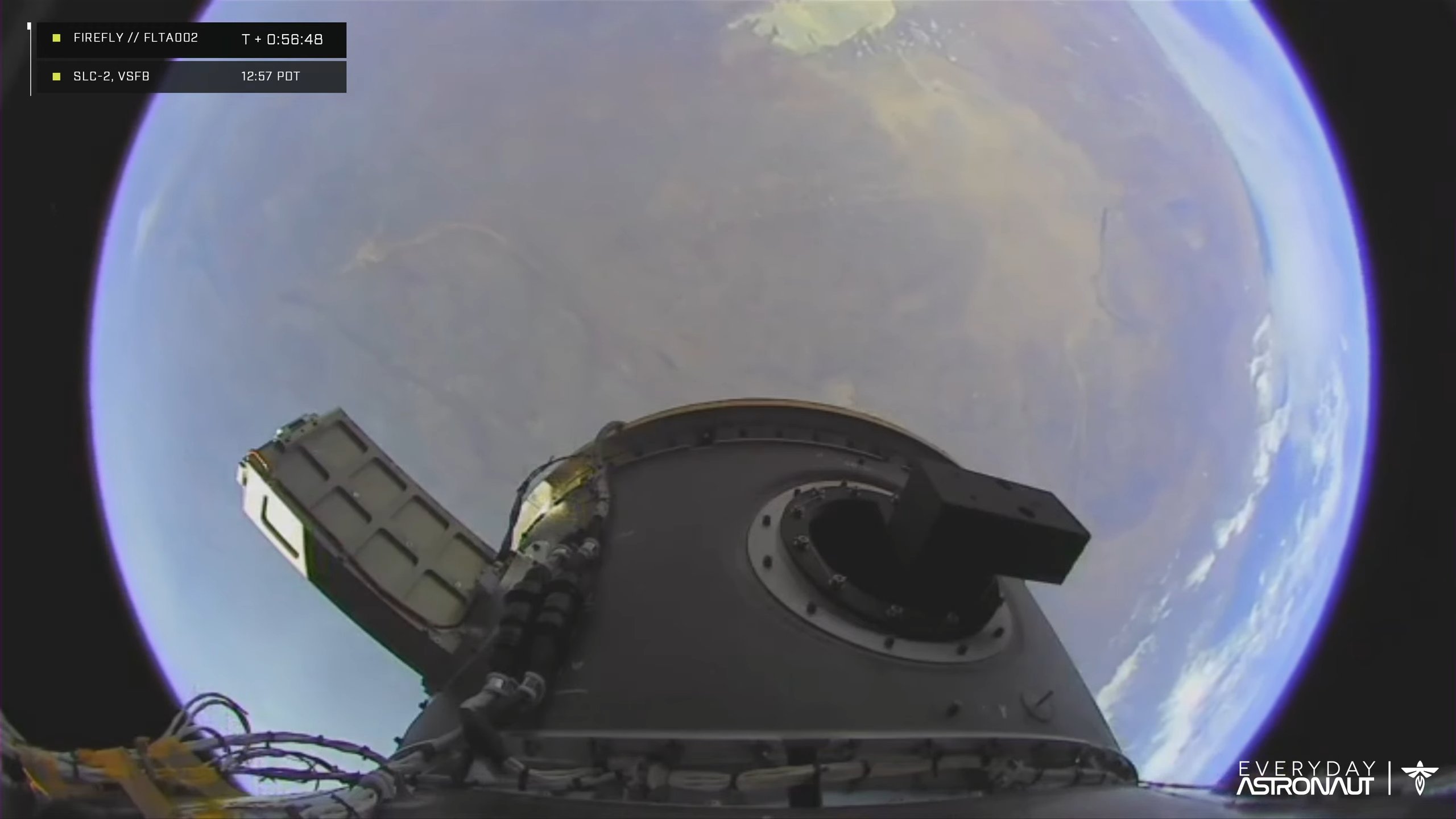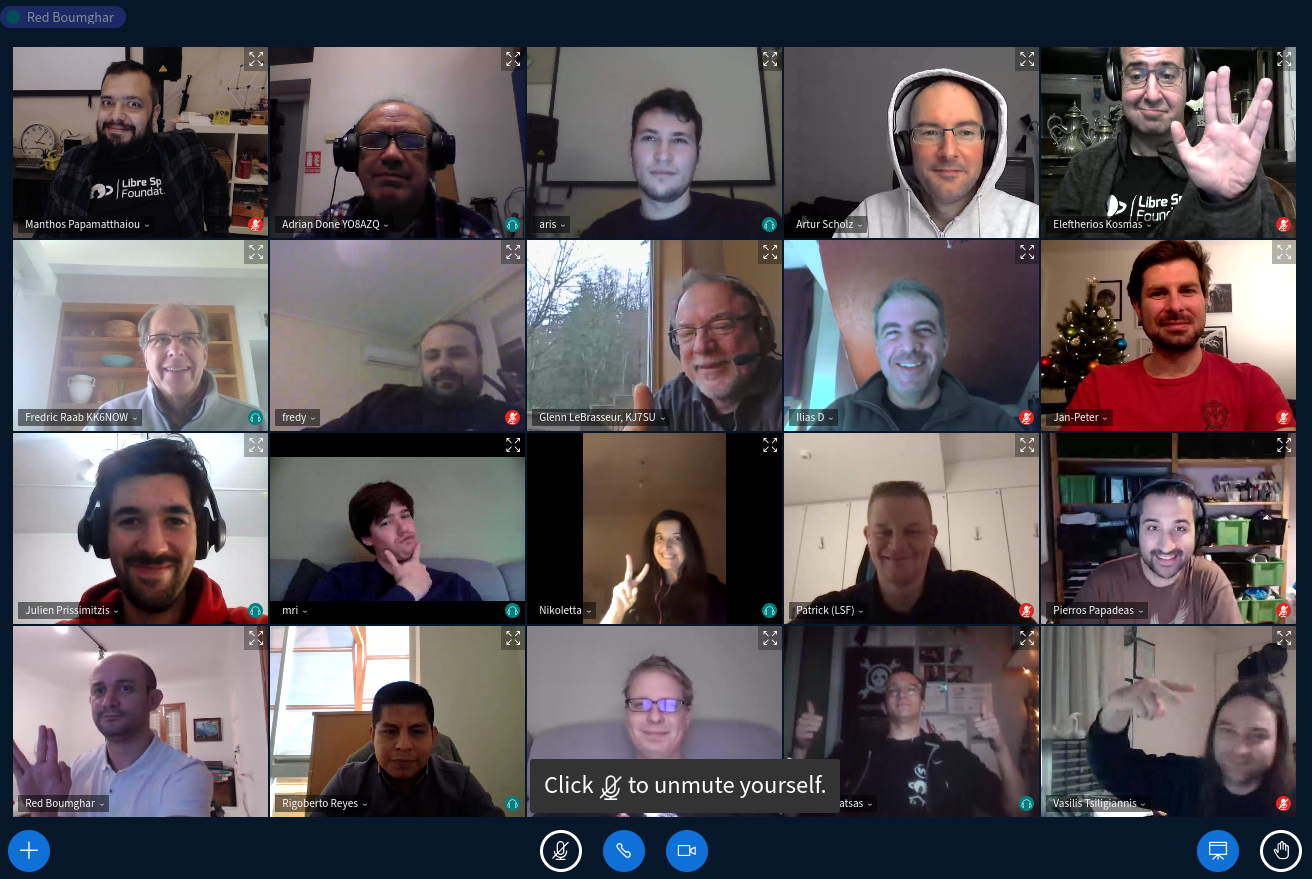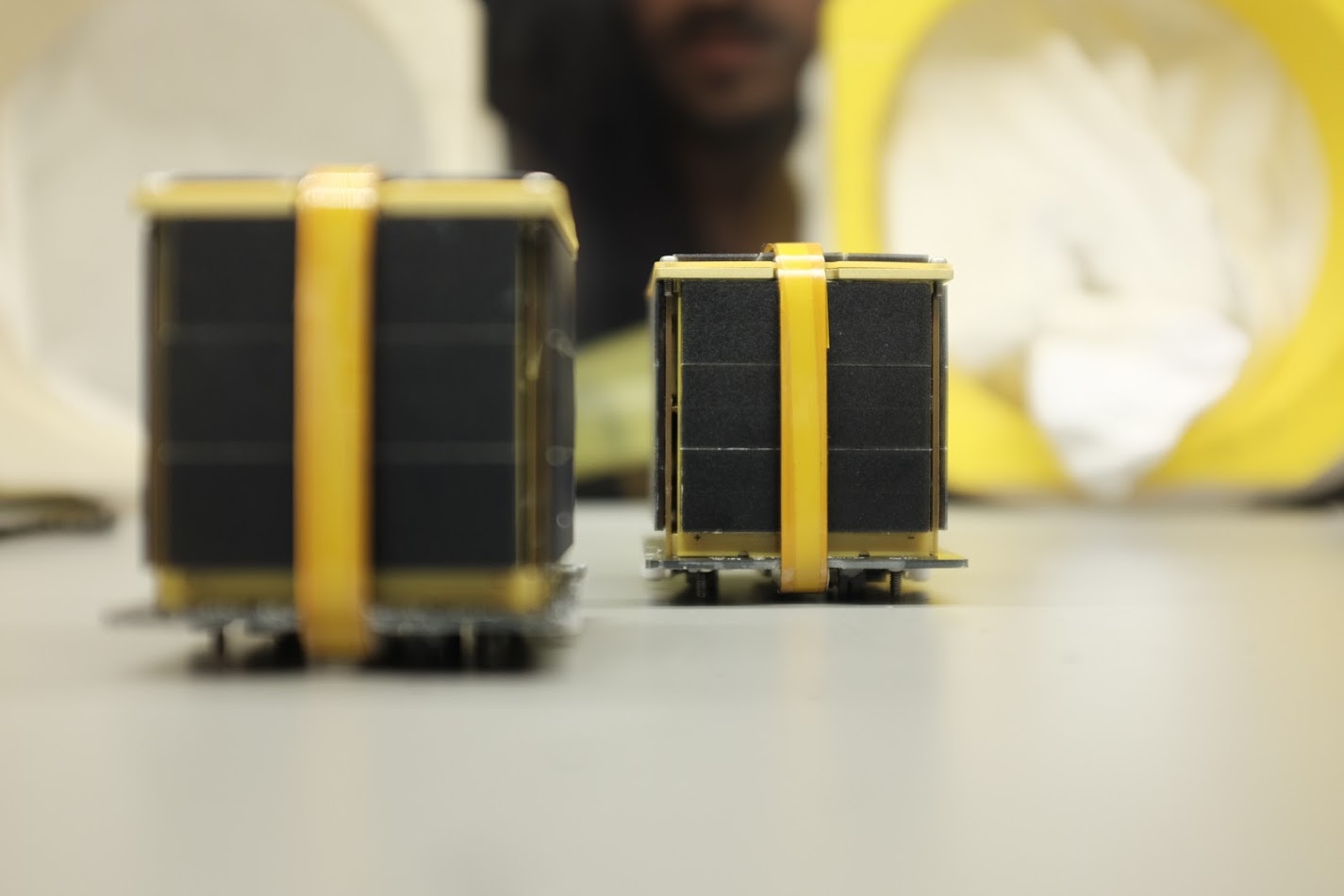Author: Nikoletta Triantafyllopoulou

IPFS-tiny: attempting to take IPFS to Space
The Libre Space Foundation (LSF) is developing IPFS-tiny, a smaller adaptation of the InterPlanetary File System (IPFS) designed for limited-resource devices such as satellites and spacecraft. The project aims to bring IPFS, which utilizes a distributed architecture for decentralized and resilient data storage and access, to space. The implementation of IPFS-tiny in space could greatly…
Libre Space Foundation participates in the REWIRE Research and Innovation Action on compositional security verification and assurance.
Libre Space Foundation participates in the REWIRE Research and Innovation Action, which officially started on October 1st, 2022. The project is funded by the European Commission under Horizon Europe Programme (Grant Agreement No. 101070627) and spans the period of October 2022 – September 2025. REWIRE envisions a holistic framework for continuous security assessment of open-source and…

…And we are back in Space!
On the 1st of October 2022 and at 07:01 UTC, Libre Space Foundation’s QUBIK mission made it to space! Launched onboard Firefly Aerospace’s Alpha Flight 2, #ToTheBlack. With this mission, Libre Space Foundation (LSF) returned to Space! ..and this is the story of the QUBIK mission. Picking up the thread of the narration from the…
Cronos: A hybrid-fueled sounding rocket designed and manufactured by a University-student team
At Libre Space Foundation (LSF), we support open-source projects that enhance scientific research and promote knowledge. For the past two years, and true to our values, members of the LSF team have been overseeing the development of Cronos. A hybrid-fueled sounding rocket that is an inspiring and promising project engineered by a talented university-student team.…

The Open Source CubeSat Workshop 2021: An Overview
The Open Source CubeSat Workshop 2021, organised by the Libre Space Foundation, was held online for the second consecutive year due to pandemic safety measures. Attracting global open-source enthusiasts, the event offered live streaming of presentations deep-diving into space-related technologies and projects. Despite the lack of physical connectivity, the online format enhanced inclusivity and accessibility,…

GSoC Project: Producing Rich Analysis Reports for Polaris-Ayush Bansal
In the past two weeks, we focused on the projects that Libre Space Foundation has been mentoring in this year’s GSoC programme. Thus, we have already presented the project about Improving the transmission capabilities of gr-satnogs by Michalis Raptakis and Expanding events detection in Poliastro by Yash Gondhalekar. Today, we will focus on Rich Analysis…
GSoC Project: Expanding events detection in Poliastro-Yash Gondhalekar
Supporting knowledge and scientific research are among our main goals at Libre Space Foundation. This is why we have been participating in the Google Summer of Code for the third year in a row, mentoring three amazing projects. The first project is about Improving the transmission capabilities of gr-satnogs developed by Michalis Raptakis. We presented…
Polaris: Applying Machine Learning to Satellite Operations
The Libre Space Foundation’s Polaris project is developing a Python-based, machine-learning tool to assist satellite operators in analysing telemetry data and predicting satellite behaviour. Named Polaris ML, it gathers and visualises data to aid in comprehending the impact of various parameters on each other. The tool comprises modules for data fetching, learning, visualisation, and output…
Help us translate the LSTN Handbook and bring space technology to more public libraries around the world
The Library Space Technology Network (LSTN) is a project brought to life by Wolbach Library in collaboration with Libre Space Foundation. LSTN is a pilot program aimed at offering public library communities the opportunity to engage with Space Technology. Though the project is ambitious, language poses substantial limitations for communities to join. And this is…
2021 CubeSat Developers Workshop: Interesting talks and workshops
The 2021 CubeSat Developers Workshop is happening in a few days and is organised by Cal Poly, San Luis Obispo, CA, USA. It will be a virtual conference taking place from the 27th to the 29th of April. The CubeSat Developers Workshop (#CubeSatDW) “Working Together” will feature amazing talks and useful workshops. You can find…

Overview, talks and takeaways of the 4th iteration of the Open Source CubeSat Workshop
The Open Source CubeSat Workshop 2020! The Open Source CubeSat Workshop is a yearly event that brings together enthusiasts from the fields of space technology, engineering, CubeSats, mission control and analysis, and of course, Open Source. The event has been around for four years and has been gaining continuous success and building rapport among Space…

The QUBIK Mission: Ready for orbit
Libre Space Foundation (LSF) is devoted to designing and building open-source space technologies. We always support and promote space exploration, scientific research and knowledge. For the past year, we have been working hard on the QUBIK mission to create a platform on which a series of amateur radio experiments will be conducted, upon the mission’s…
Libre Space Foundation joins the International Astronautical Federation
We are proud to announce that Libre Space Foundation has been accepted as a member of the International Astronautical Federation! We are excited to be part of such a great community with which we share a love for Space, Space exploration and research. International Astronautical Federation and Libre Space Foundation IAF aims at “Connecting @ll…
Libre Space Foundation joins RISC-V International as a Community Member.
At Libre Space Foundation, we are always thrilled when we join forces with organizations and initiatives promoting the open-source development methodologies.For this, we could not be more excited to announce our membership to RISC-V International. A few words about RISC-V What RISC-V is RISC-V is an open-standard, instruction set architecture (ISA). For those not very…
Gr-leo: A GNU Radio open-source space channel simulator
In order to understand what gr-leo is and why it is considered to be a powerful, open-source simulation tool, let us first take a look at why it is necessary. Gr-leo is here to fill a gap and to ensure that the quality of communication between a satellite and the ground station is not impaired…
LSF Project onboarding and the Libre Space Manifesto
Libre Space Foundation is an organization dedicated to creating open-source, space technologies. Often we come across a project that wishes to join us, or we are approached by exciting initiatives to assist them in their endeavors. However, joining LSF as a project is a process that must meet specific criteria and particular requirements. In this article,…
Google Summer of Code 2020: Announcing the two projects we will be mentoring
For the second year in a row, Libre Space Foundation was selected as a mentor organisation for the Google Summer of Code initiative. The application period has closed and the results are in, and so it is with great excitement that we announce the two projects we will be mentoring over the next few months.…
The QUBIK Project: The progress so far
Libre Space Foundation is devoted to the vision of open-source technologies in space, and for this, we often join forces with researchers, individuals, and teams who share this vision with us. One exciting project we have taken up is the QUBIK Project. A few words about the Project Our love for space has brought us…